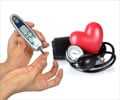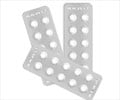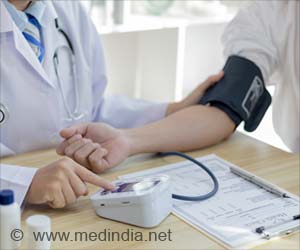Reviewing electronic health records (EHRs) can identify patients with undiagnosed hypertension, says study.
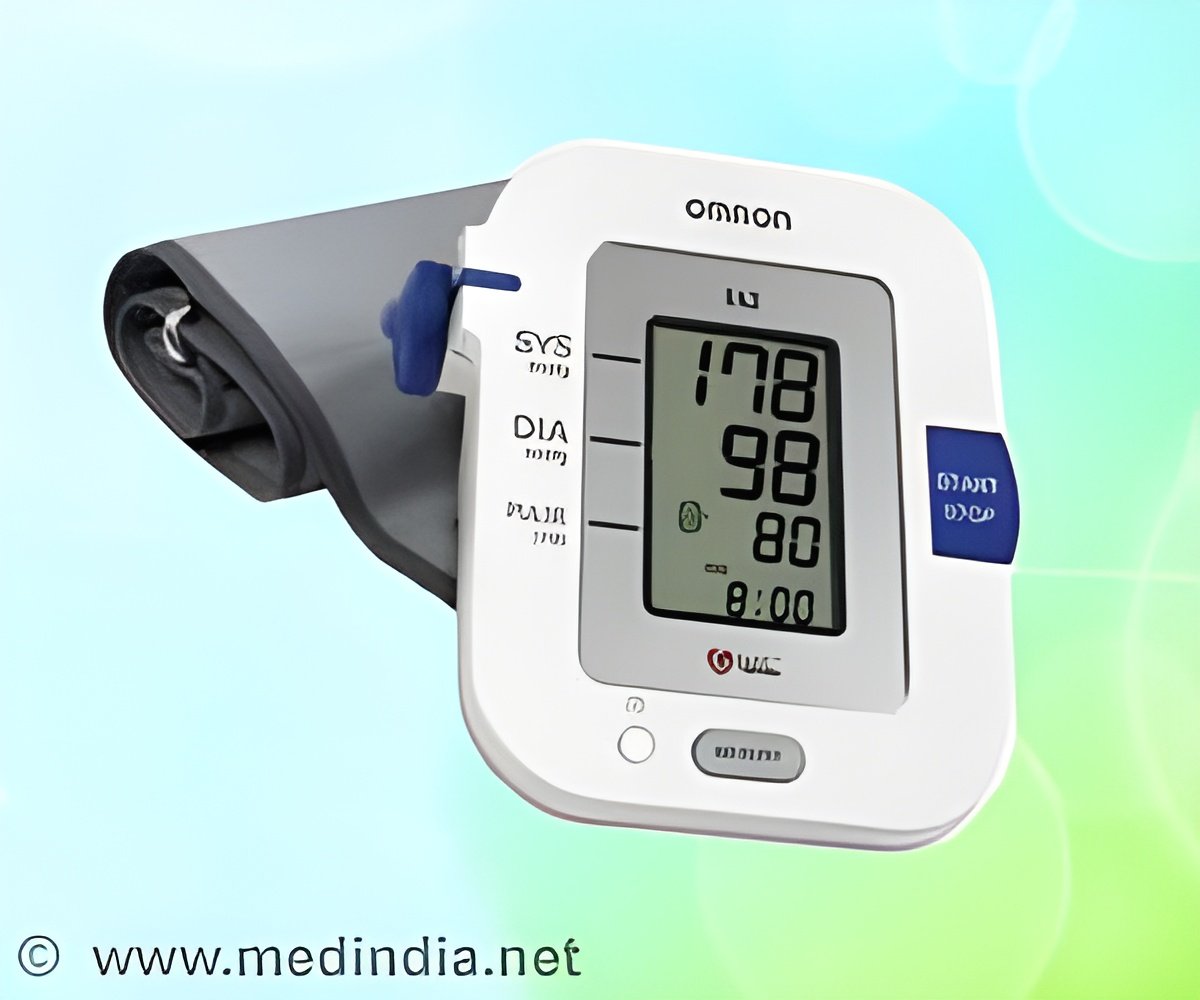
"Hypertension is easy to miss if someone is seeing multiple physicians," said the study's co-author David W. Baker, MD, MPH, chief of internal medicine and geriatrics at Northwestern Memorial Hospital and Northwestern University Feinberg School of Medicine. "A patient may see one doctor who thinks the blood pressure is due to the patient not feeling well that day and then see another doctor for a different problem who thinks the blood pressure is high because the patient was hurrying to make the appointment. No one puts all of these readings together and realizes a person's blood pressure is always elevated."
In the first part of the study, patients were identified as being at risk for undiagnosed hypertension using the three EHR algorithms and were invited to complete an automated office blood pressure (AOBP) test. AOBP testing was designed to eliminate falsely elevated blood pressure results associated with patients being in the presence of a health care provider, a condition known as the white coat effect. In the study, this blood pressure test was started by a medical assistant, who then left the patient alone in their examination room while the testing device obtained six blood pressures readings at one minute intervals. To best eliminate the white coat effect, the first reading was automatically thrown out and the remaining five were then averaged together to provide a single blood pressure reading that is much more accurate and representative of a patient's true blood pressure than a single manual office blood pressure test.
In the second part of the study, additional patients at risk for unidentified hypertension were identified with the same three EHR algorithms, and were then observed over the course of two years. These patients were contacted by health care staff and asked to arrange a follow-up appointment. All of the primary care physicians that participated in the study also received monthly lists of their patients who remained at risk for having hypertension according to the algorithms. Patients remained on the physicians' lists until an AOBP evaluation was completed or a diagnosis was entered into the chart that indicated the patient's at-risk status had been resolved.
"With this study, we created a surveillance system that notifies the medical staff and the primary care physician anytime a patient who is at risk arrives in the office," said principal investigator Michael K. Rakotz, MD, a family medicine physician at Northwestern Medicine Evanston . "Once these patients are identified we proceed with an AOBP to more accurately measure their blood pressure and make a diagnosis. This surveillance system never stops running, so any patient that meets the EHR algorithm criteria for possible hypertension will automatically be flagged. In doing so we hope to put an end to undiagnosed hypertension."
The study's authors conclude that in addition to using algorithms to screen EHR data for patients at risk for undiagnosed hypertension, this method may also be applicable to other commonly undiagnosed chronic diseases.
 MEDINDIA
MEDINDIA
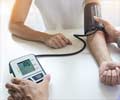



 Email
Email



